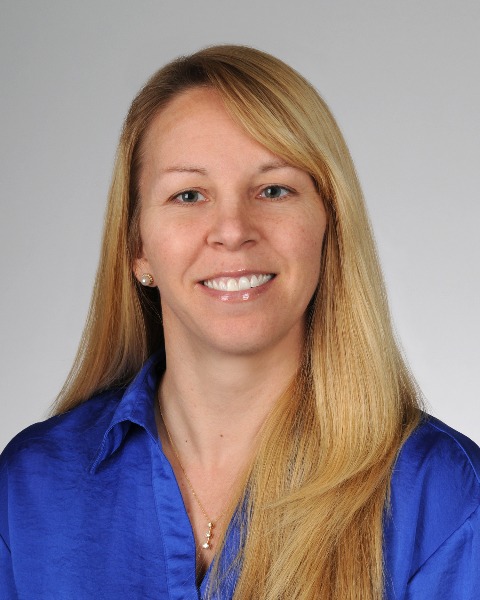Medical Education
Session: Medical Education 5
411 - Measuring continuity of care from the resident perspective: Identifying the baseline to inform quality improvement strategies
Saturday, May 4, 2024
3:30 PM - 6:00 PM ET
Poster Number: 411
Publication Number: 411.1137
Publication Number: 411.1137

Kristina K. Gustafson, MD MSCR FAAP (she/her/hers)
Associate Professor, Pediatrics
Medical University of South Carolina
Charleston, South Carolina, United States
Presenting Author(s)
Background: Primary care residents are required to develop continuous, long-term relationships with patients.
Objective: We aimed to evaluate current pediatric resident continuity rates to aid in future optimization strategies.
Design/Methods: The study setting is one southeastern US pediatric resident continuity clinic. Residents attend a medical-home based clinic at one location throughout residency and are assigned the same half-day per week for all 3 years. We examined five academic years (AY) from July 1, 2018 - June 30, 2023. Electronic health records (EHR) were used to assess visit types and continuity. We defined continuity as a patient visit to a resident where that resident was the assigned primary care provider (PCP) in the EHR. Continuity of care was calculated using the PHY formula: #physician visits with assigned patients/total physician visits. PHY was calculated for each resident for each academic year, as well as for well child checks (WCC) vs non-WCC (all other visits). We also examined differences in PHY by residency type.
Results: The number of residents per AY ranged from 47 to 52, averaging 16 per class per year. Total clinic visits averaged 7,059/year. When assessing continuity over the five-year study period, the mean PHY continuity rate was 19.8%. The mean PHY for PGY-1 residents was 21.5%. Using this as the baseline, the PHY for PGY-2 (24.9%, OR 1.2, CI 1.13-1.29) and PGY-3 (14.6%, OR 0.62, CI 0.58-0.63), with PGY-2 residents having the best continuity rates. The mean PHY for WCC visits was 24.3% versus 13.5% for a non-WCC (p = < 0.0001). The mean PHY value for patients seen on resident assigned continuity days was 23.1% vs 15.9% for patients seen on non-assigned days (Chi-sq p< 0.0001). PHY rates varied by pediatric residency type, ranging from 22%, 19.6%, and 17.2% (p = < 0.0001) for Primary care, Categorical, and Child Neurology residents, respectively. When evaluating all 243 “resident years” of data, the continuity rates were inversely associated with the number of clinic days for each resident. (Fig 1)
Conclusion(s): The current PHY continuity rates in this resident clinic are lower than expected and lower than measured in the same clinic over twenty years ago. Continuity for WCC visits was greater than for other visit types and seeing patients on an assigned continuity day resulted in substantially greater PHY continuity rates. The findings of decreasing continuity rates as number of clinic days increased most likely reflects additional “same day” visit volume completed by PGY-3 residents.
.png)
